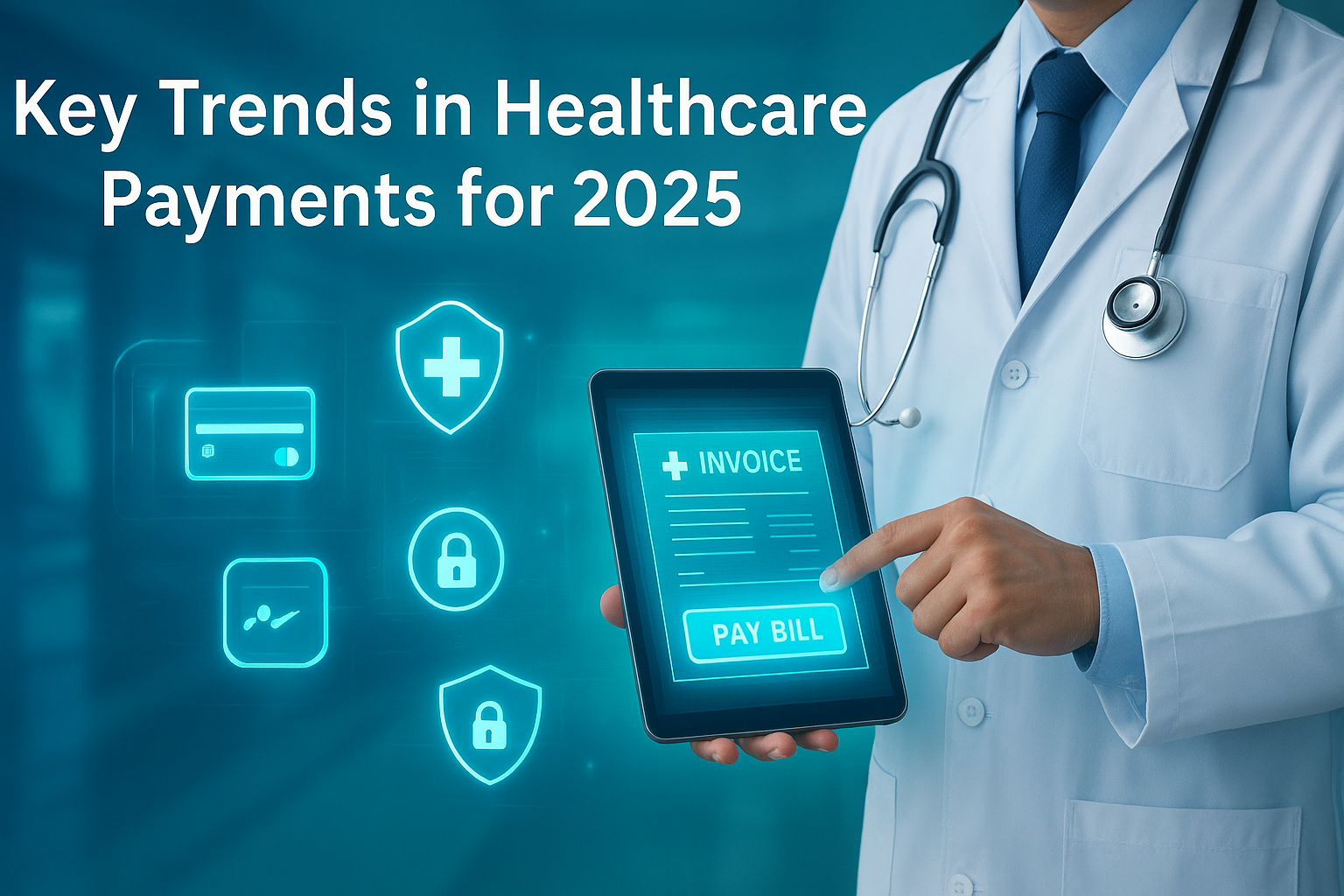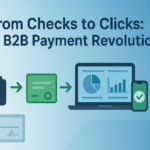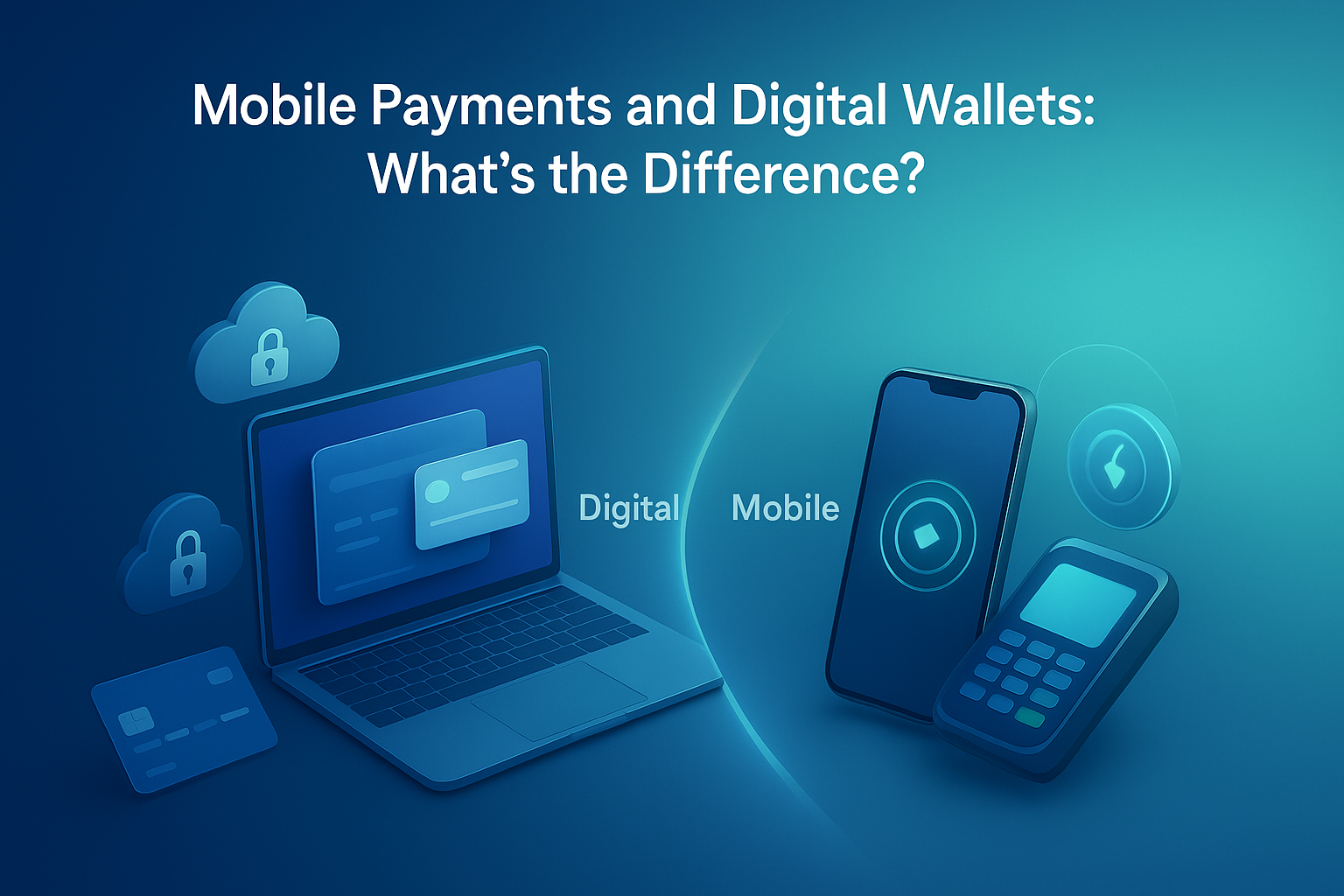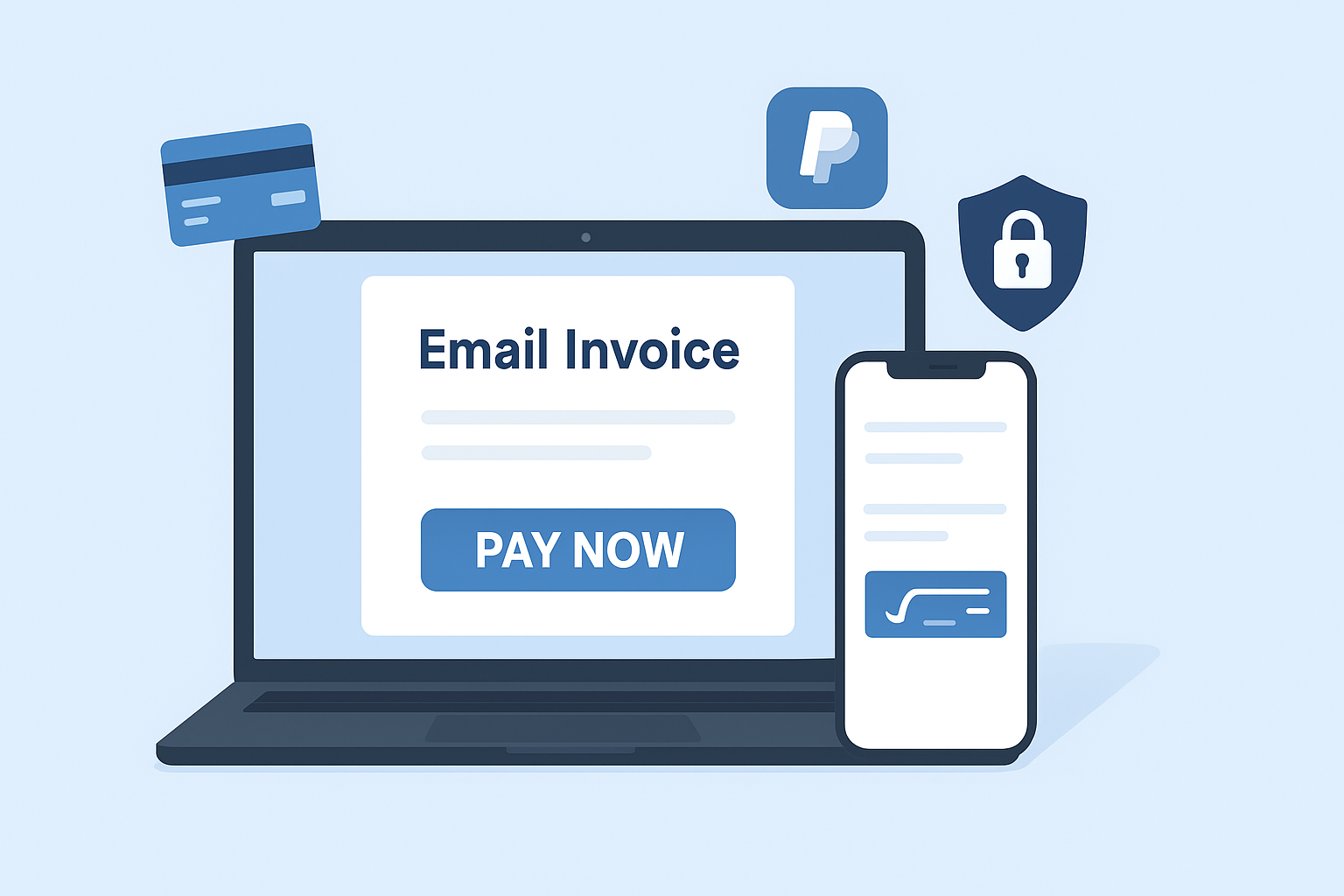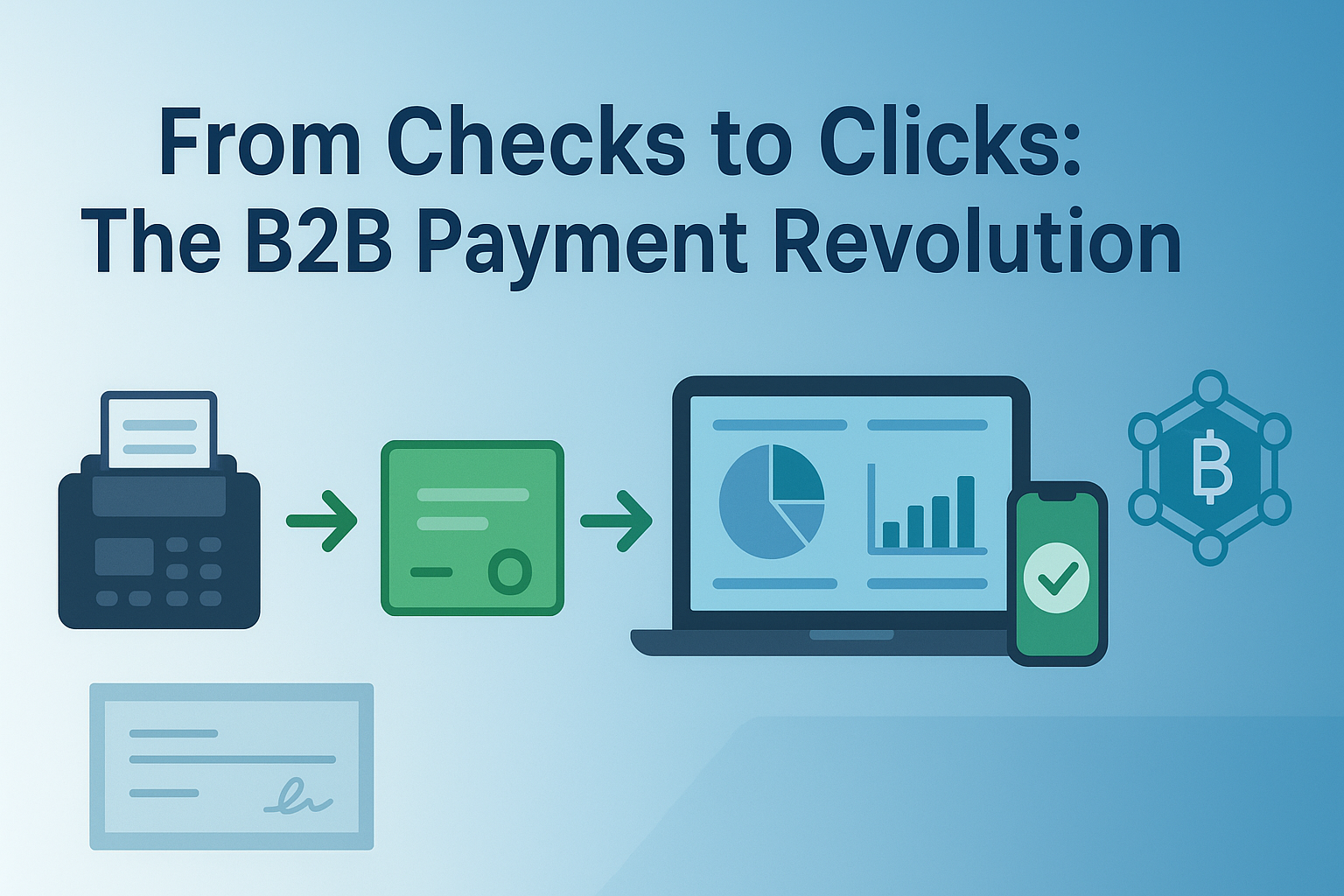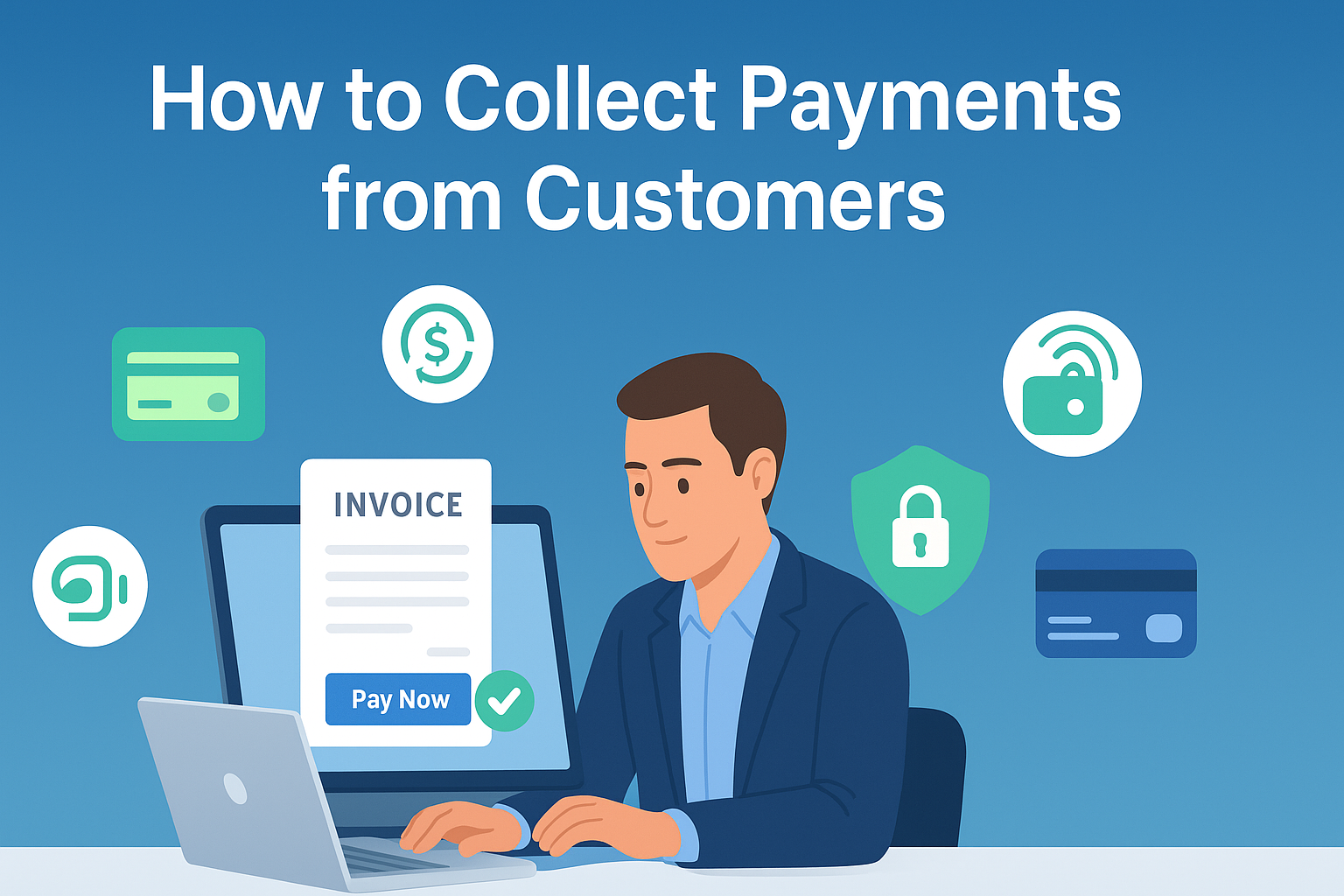The healthcare industry is going through rapid changes, and one area that has seen major disruption is healthcare payments. From rising costs to new technologies, 2025 is shaping up to be a pivotal year for how patients, providers, and insurers handle financial transactions in the medical world. Whether you’re a healthcare provider, a practice manager, or simply a patient trying to navigate bills, keeping up with these payment trends is more important than ever.
In this blog, we’ll break down the key trends in healthcare payments for 2025, why they matter, and what challenges organizations face in adopting new systems.
Why Keeping Up with Payment Trends Matters
Healthcare has always been complicated, but financial transactions are now at the heart of the patient experience. In fact, according to recent data, nearly 72% of patients have reported confusion or frustration about their medical bills. That frustration directly impacts patient satisfaction and even loyalty.
For providers, outdated billing systems or unclear payment structures often mean delayed collections and rising bad debt. Keeping up with the latest payment processing solutions ensures providers can improve cash flow while patients enjoy transparency and convenience. In short, staying on top of trends isn’t optional; it’s essential for survival in today’s healthcare landscape.
Increased Adoption of Payment Software
One of the most noticeable trends for 2025 is the surge in digital-first healthcare payments. Clinics, hospitals, and private practices are rapidly adopting cloud-based platforms and advanced payment processing solutions that make billing and collections seamless.
Patients now expect to pay their medical bills the same way they pay for groceries or streaming services, fast, mobile, and digital. Features like one-click payments, text-to-pay, and online portals are no longer nice-to-haves; they’re a necessity.
Rising Medical Costs and Financial Pressures
Medical costs continue to rise globally, and 2025 is no exception. According to CMS.gov, healthcare spending in the U.S. will reach $4.9 trillion by 2025. Patients are shouldering higher out-of-pocket costs due to insurance plan changes and inflation.
For providers, this creates a dual challenge:
- Ensuring patients can afford to pay.
- Making sure collections don’t drag on for months.
This has pushed the adoption of flexible payment processing solutions, such as installment plans, zero-interest financing, and even subscription-style healthcare memberships. These options help patients manage financial pressure while enabling providers to receive payments faster.
Shift Towards Value-Based Care
The traditional fee-for-service model is slowly giving way to value-based care. Instead of being paid for the number of procedures or tests, providers are increasingly compensated based on outcomes and patient health improvements.
This shift changes the structure of healthcare payments. Providers now need payment systems that can handle complex contracts, performance-based reimbursements, and bundled payment models. The trend creates opportunities for advanced billing software that aligns financial incentives with better patient care.
Improving the Patient Payment Experience
Patients no longer tolerate clunky systems or confusing bills. Enhancing the patient payment experience is now a competitive advantage for healthcare organizations.
Trends for 2025 include:
- Clear, itemized digital statements.
- Mobile-friendly bill pay options.
- Real-time insurance verification.
- Payment reminders via email or SMS.
When providers use patient-friendly payment processing solutions, they not only improve revenue cycles but also strengthen patient trust and loyalty.
Regulatory Changes and Compliance Requirements
Healthcare is one of the most highly regulated industries, and compliance rules around healthcare payments continue to evolve. New regulations around transparency, patient data privacy, and billing practices are reshaping how providers collect payments.
For example, legislation requiring upfront cost estimates for procedures is becoming more common. Providers must also ensure compliance with PCI DSS standards when handling credit card transactions and HIPAA rules for patient data. This means organizations need modern tools that blend compliance, security, and user-friendliness.
Challenges in Meeting Changing Payment Needs
As exciting as these trends are, many providers face roadblocks in keeping up.
Legacy Systems and Integration Issues
Many healthcare organizations still rely on outdated billing systems that don’t integrate well with new payment processing solutions. This creates inefficiencies, manual errors, and frustration for both staff and patients.
Data Security and Compliance
With cyberattacks on the rise, healthcare organizations must prioritize securing financial and patient data. A single breach not only damages trust but also results in heavy fines. Modern payment processing solutions offer encryption, tokenization, and fraud detection, but integrating them effectively remains a challenge.
Patient Engagement and Accessibility
Not all patients are equally tech-savvy. While digital adoption is increasing, providers must ensure that payment options are accessible to older patients or those in rural areas without reliable internet. A one-size-fits-all approach doesn’t work in healthcare—diverse payment options are critical.
The Road Ahead
Looking at 2025, it’s clear that healthcare payments are no longer just a back-office task. They’re central to patient satisfaction, provider revenue, and regulatory compliance. Payment experiences are now part of the overall healthcare journey, shaping how patients perceive their care.
Providers that invest in modern, secure, and flexible payment processing solutions will not only streamline operations but also improve relationships with patients. The trends point to a future where transparency, accessibility, and digital convenience are the standard.
The road ahead won’t be without challenges—legacy systems, compliance hurdles, and rising costs are real barriers. But organizations that adapt to these changes early will be better positioned to thrive in an evolving healthcare landscape.
Conclusion
Healthcare has always been about healing, but in 2025, it’s also about financial clarity. Patients want to feel confident not only in the care they receive but also in the way they pay for it. Providers who embrace innovation, address challenges head-on, and implement smarter payment practices will lead the industry forward.
The transformation of healthcare payments isn’t slowing down. It’s up to providers, insurers, and technology partners to ensure that patients get both the care and the financial experience they deserve.

